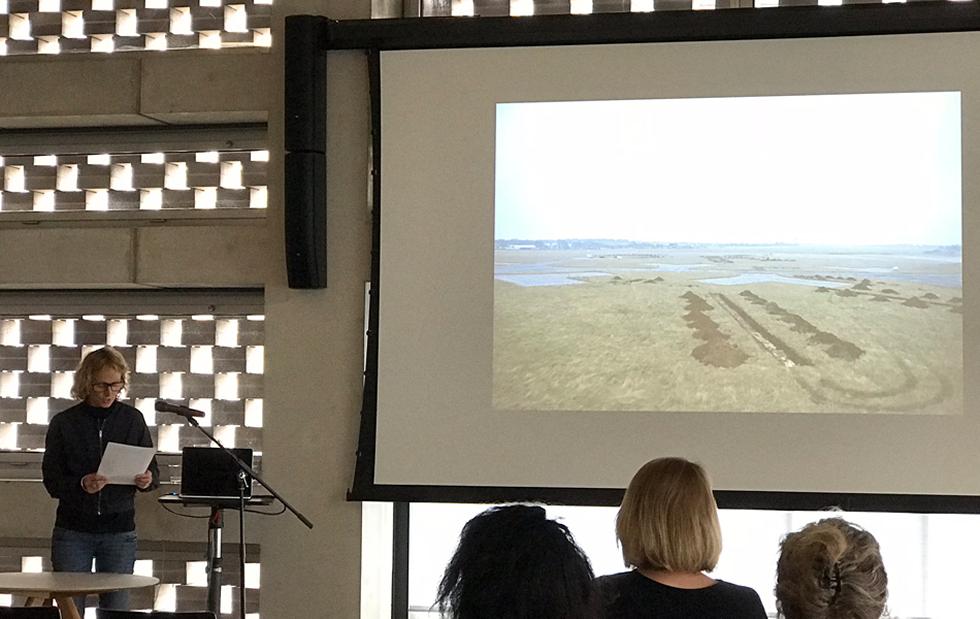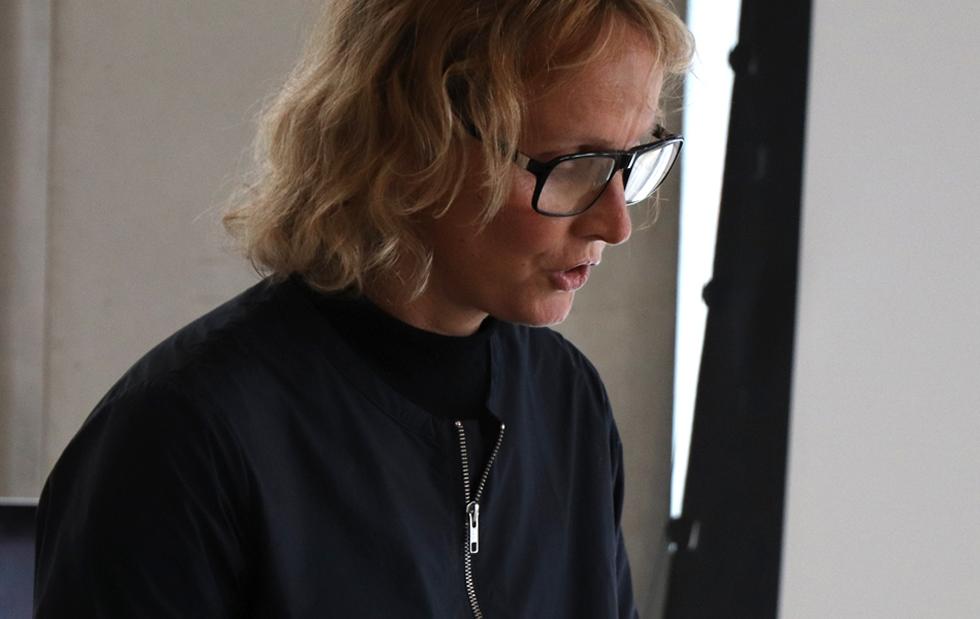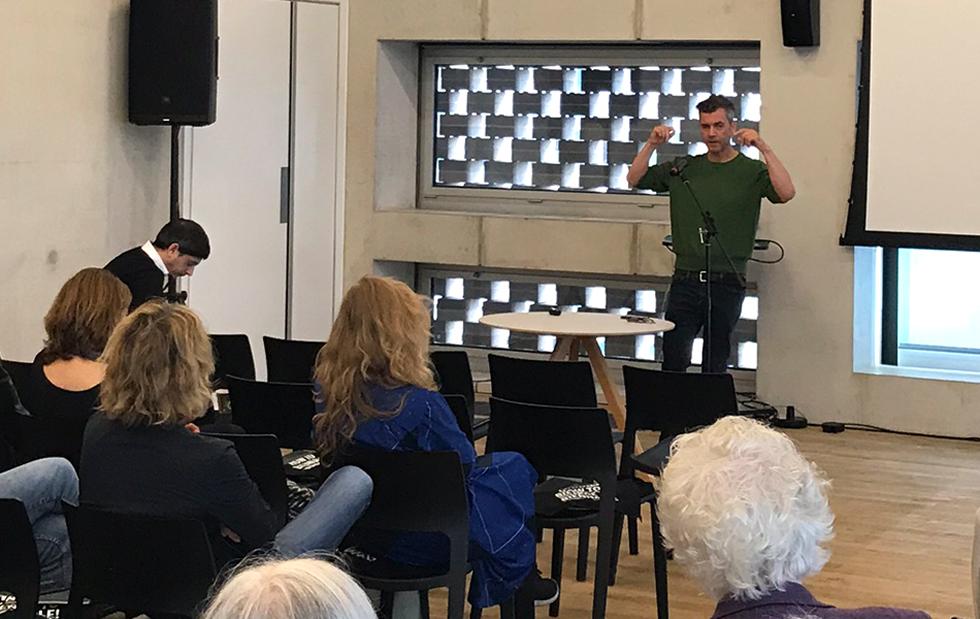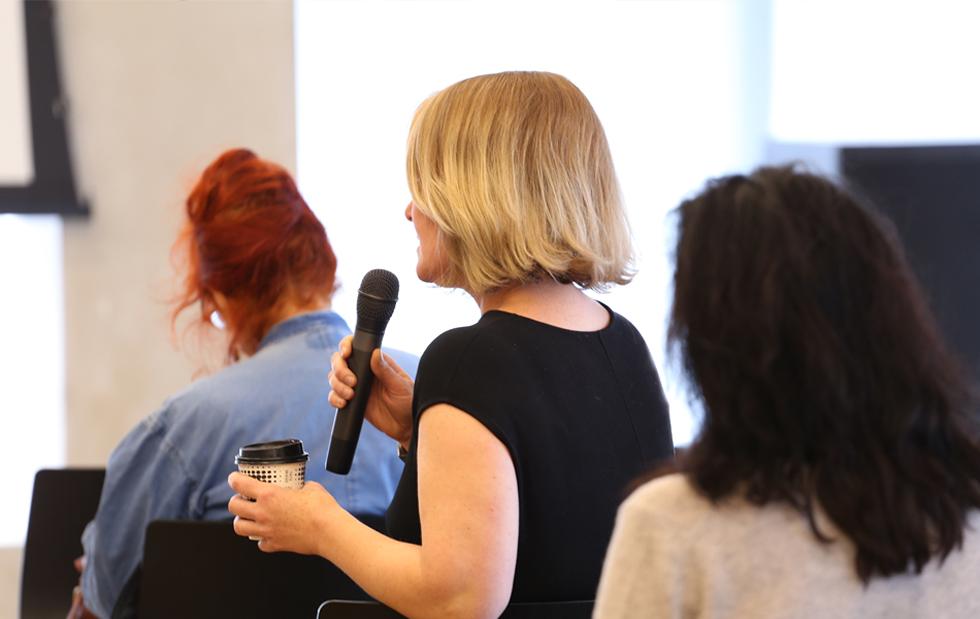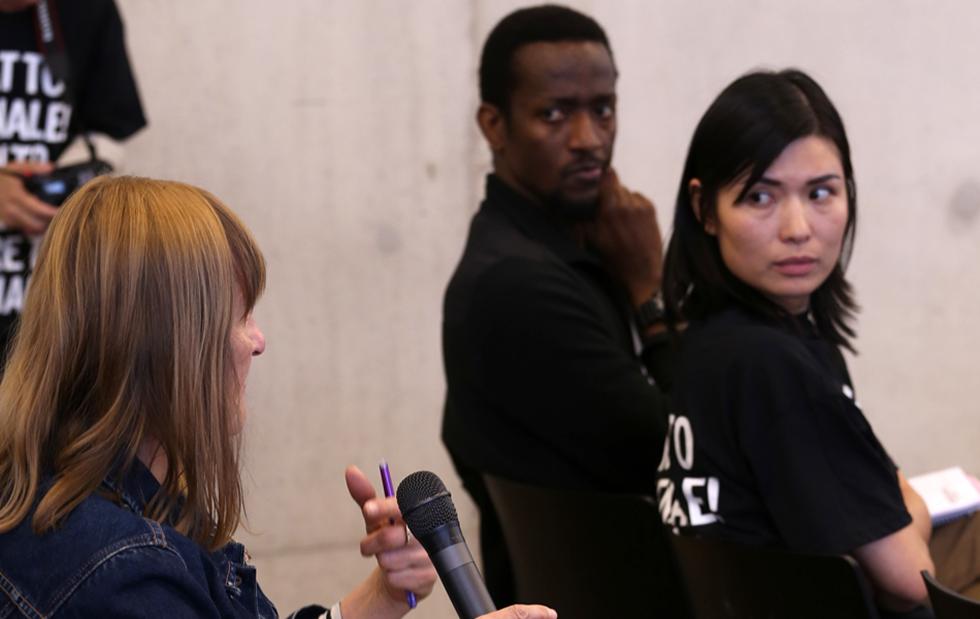The afternoon offered a specially curated forum, bringing together a wide array of voices and an extended opportunity to debate the future(s) of contemporary art exhibition. The proliferation of biennales and other perennial art events around the world reveal huge energy, creativity and social engagement within the sphere of contemporary art. Whether operating at hyper-local, local, national or international levels, these events are always more than the art they represent. They are about people, places, histories, social enterprise and the political aesthetic. But equally, they can be homogenizing forces and complacent about the ‘value’ of art. What do we want from our biennales and how do we get it?
No speciifc criteria were set for the presentation topics, instead an open call sought out a diversity of views, ideas and challenges. The afternoon offered views on current practice, so reflecting the views of those involved in running or developing an art biennales, festivals or recurring event. Equally, it presented counter-views, whether articulations against biennales or considerations of alternative situations, new models and different contexts. Animportant underlying aim was the fostering of community.
The title of this event played on the title of Benedict Anderson’s well-known book Imagined Communities, in which he argues nations are socially constructed; they are ‘an imagined political community’. We can never know all fellow-members of society and yet we typically hold a collective image. Imagined communities come together in large-scale events such as sporting tournaments, and indeed large-scale arts events. Like Anderson’s account of nations, we might suggest biennales and other perennial art events are finite, they have ‘elastic boundaries’, beyond which lie other events and communities. They are also ‘sovereign’ in that no singular hierarchy claims authority. Even though we may never tangibly grasp our imagined community, we still know it is there (or imagine it is!). How might we characterize the biennale fraternity and its future?
The debate, Imagined Biennales – Open Forum at Tate Exchange, 2 - 4pm, was followed by a live link with 2018 Kochi-Muziris Biennale curator Anita Dube, from 4.15pm.



